Swimwear and underwear from marine plastic waste – good or bad?

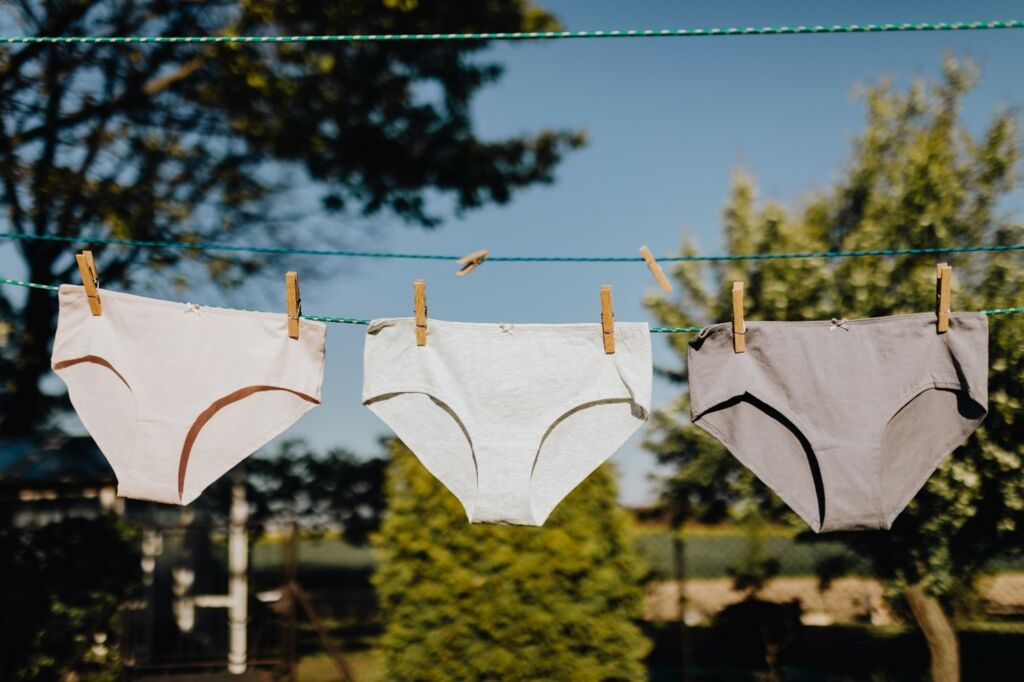
Increasingly, companies are looking to use recycled materials in their production. Since clothing made of plastic consumes nature’s non-renewable resources, the textile industry is trying to solve the problem by using plastic collected from the sea as a material. However, there are problems with clothing made of marine plastic, although the idea of cleaning up the seas is attractive. We tried to find out what these plastics from the ocean actually are, how they are made and which companies use them in their products. We also contacted these companies to get answers to the questions raised.
What exactly is meant by marine plastic?
The definition of marine plastic is quite broad and can refer to plastic collected from the sea, beaches, coasts, rivers and deltas. Some companies consider that plastic that is at risk of ending up in the sea is also counted as marine plastic. The problem is that many brands provide superficial information about the composition of their material, as well as about the purchase. This is also complicated by the fact that there is no certification body in the sector with the power to determine the composition of plastic fibres in the oceans or to verify the claims made by manufacturers. It is also almost impossible to collect and manufacture marine plastic on a scale that would support commercial demand. (Sudetic 2020.)
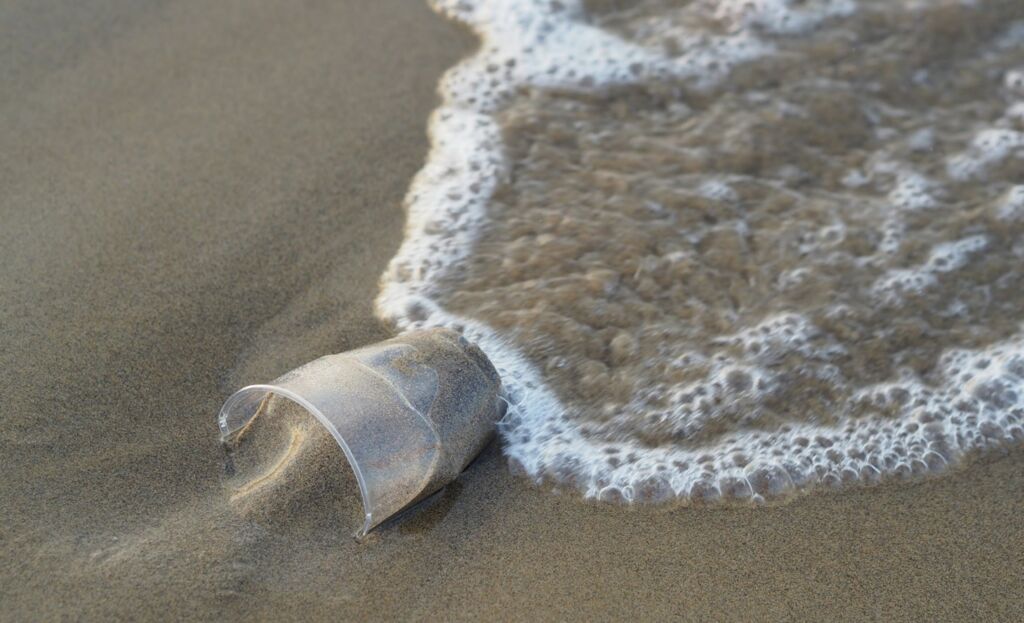
Econyl and Repreve
For the purpose of the study, we are primarily looking for Finnish companies that say that they manufacture clothes from plastic collected from the sea. Most of those companies produce outdoor, sportswear, underwear, as well as swimwear. These include The Other Danish Guy, Halla x Halla, Luhta and Lilja the label. We also studied Napapijr, H&M, Uniqlo and Adidas, among others, and their collections.
We found out that as a raw material, the companies use Econyl and Repreve, which are the trade names for recycled plastic textiles. Econyl’s raw material sources include old carpets, fishing nets, special Take Back projects and industrial process waste (Figure 3). The material is similar to new nylon and can be recycled over and over again. (Econyl.) Repreve manufactures Repreve and Repreve Our Ocean (Premium Collection) polyester yarns. As a raw material, Repreve uses industrial waste and recycled bottles. In turn, Repreve Our Ocean is made from bottles that are at high risk of getting into the sea. (Repreve.)
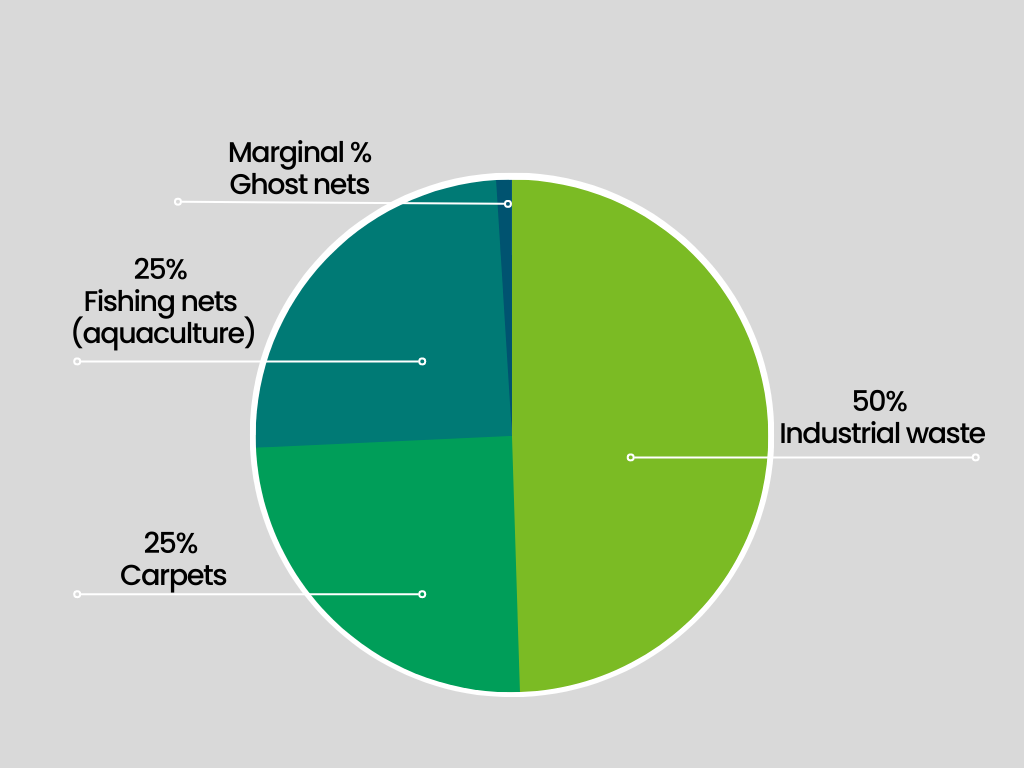
How to turn old plastic into new yarn?
From plastic bottle to clothing. Many people may wonder how this is possible. Econyl has explained the operation through four stages. The goal is for all products containing Econyl to return to the first stage of the Econyl process at the end of their life cycle, maintaining the cycle.
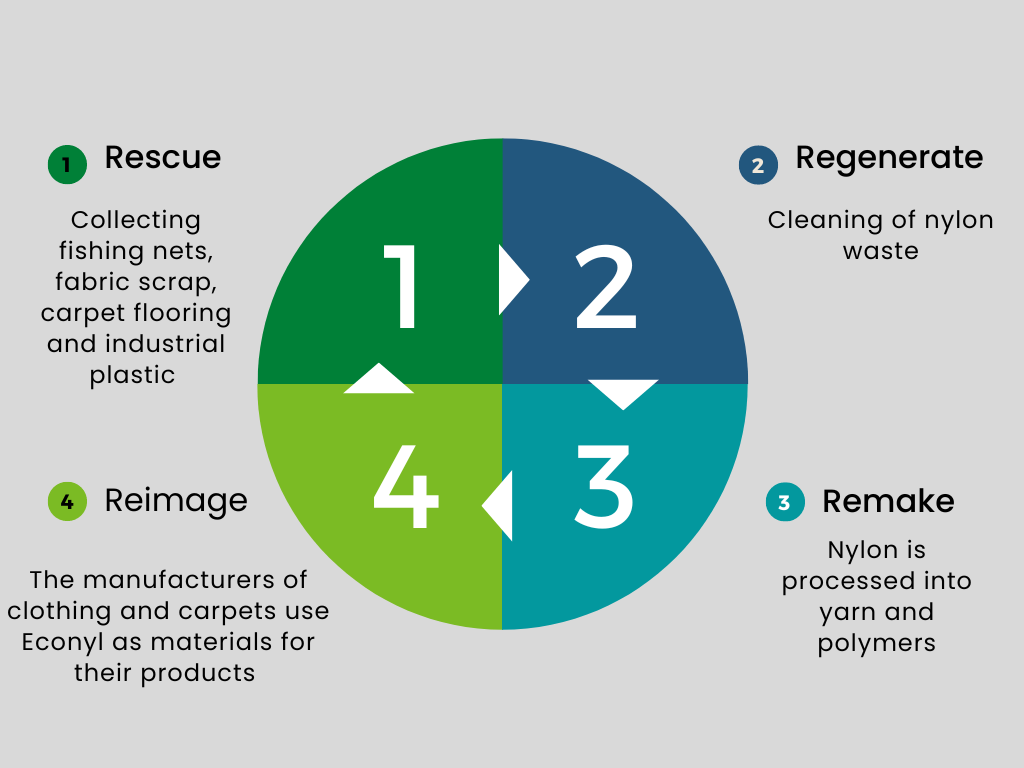
Repreve Our Ocean plastic bottles are collected by hand within a 50 km radius of the coast, areas where there is no proper waste or recycling system. Repreve’s process is as shown in the image below.
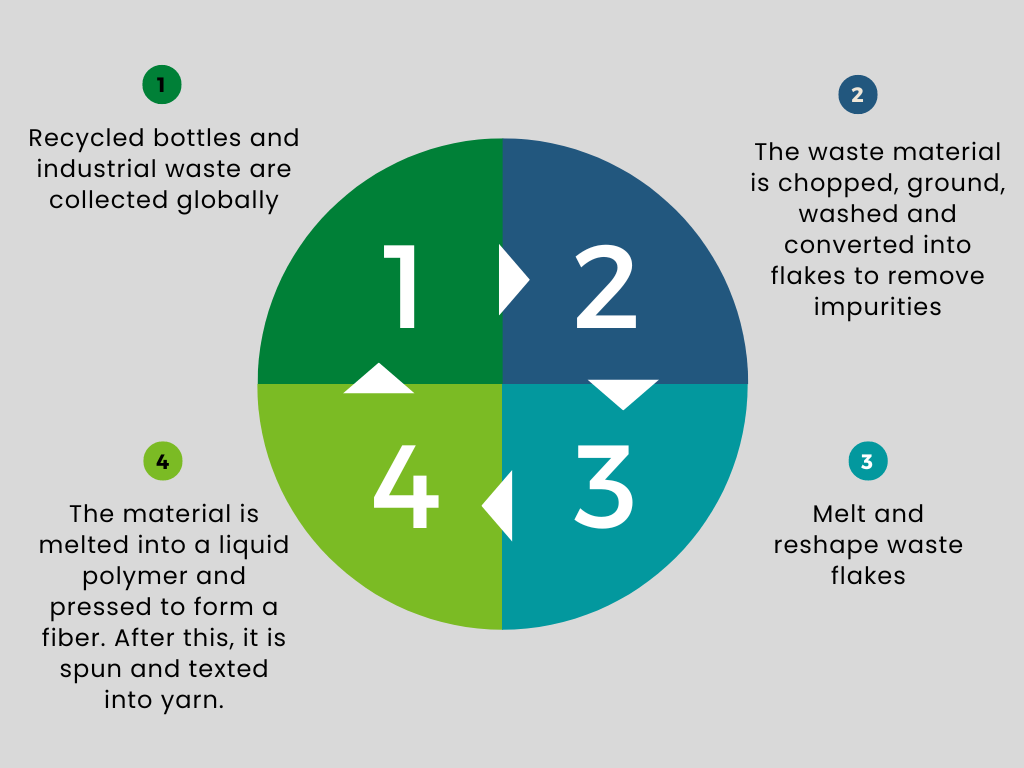
Vague responses from businesses
We contacted Repreve and asked how much of Our Ocean material is plastic collected from the ocean and how much is collected from land. We also asked about the share of industrial waste and where it is collected. We did not receive a response to our contact requests.
After we had done the background work on the compositions of the materials of the products, we sent inquiries to the companies that make the clothes. Most companies’ websites strongly state in large texts that the products are made from plastic collected from the sea, which are highlighted with images of the sea, but under a more accurate and smaller print it says other sources of the material, such as industrial waste. Behind the inquiries, we wanted to know what the companies themselves say about the material sources of their products and how much of it is plastic collected from the sea. We received links directly to the websites of yarn manufacturers. Some companies also did not respond to contacts despite several of our messages.
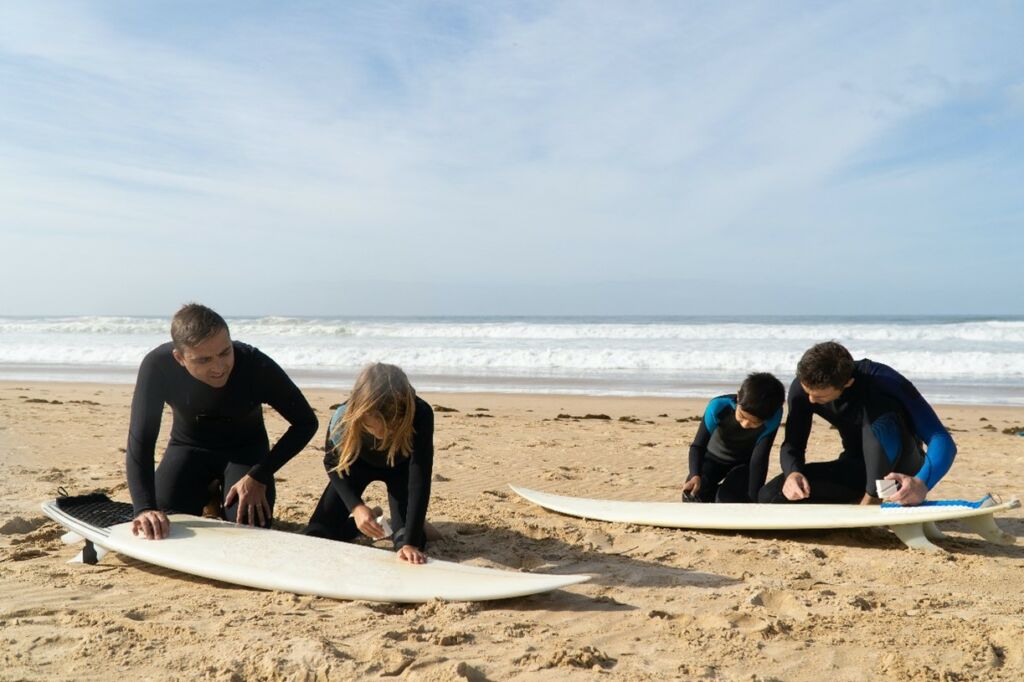
Is it worth buying garments made of marine plastic?
It’s not black and white, but there are a few things to keep in mind the next time you think about buying recycled plastic clothes. Thanks to clothing made of recycled plastic, less virgin material is required in production. This also saves energy. In addition to these, production creates jobs when pairs of hands are needed to clean up the seas and coasts. (Colerato 2018.)
As a rule, new products are manufactured by profit corporations that want consumers to buy their clothes, that is, they create pressure on consumption. In most cases, the garments are not made of 100% plastic, but are mixed with other materials, which makes it difficult to recycle the garment. Plastic-based clothing removes microplastics every time they wash, which end up in water bodies and thus also in us through the food chain. Manufacturers do not really operate in accordance with the circular economy, as plastic bottles as materials for clothing take raw materials out of the drink industry. There may be green washing behind marketing, and it may be difficult for an untrained consumer to identify it. In the products sold, the share of material collected from the sea is small, even though marketing has created a different image. Thus, buying these products does not really support the work of cleaning the seas. (Colerato 2018.)
Riikka Ojala & Elsi Laine
Students from Turku University of Applied Sciences,
Circular business models research group
Sources
Colerato, M. 2018. Recycled PET Is Not a Solution for Sustainability in Fashion. Accessed on 24 October 2022
Econyl. Accessed on 18 October 2022
Got bag. Accessed on 21 October 2022
Inquiry. 2022. Emails between Alice Leonard and Riikka Ojala 21.10.2022-07.11.2022.
Repreve. Accessed on 21 October 2022
Sudetic, A. 2020. Ecocult. Accessed 15 November 2022
Weavelabel. Accessed 21 November 2022
